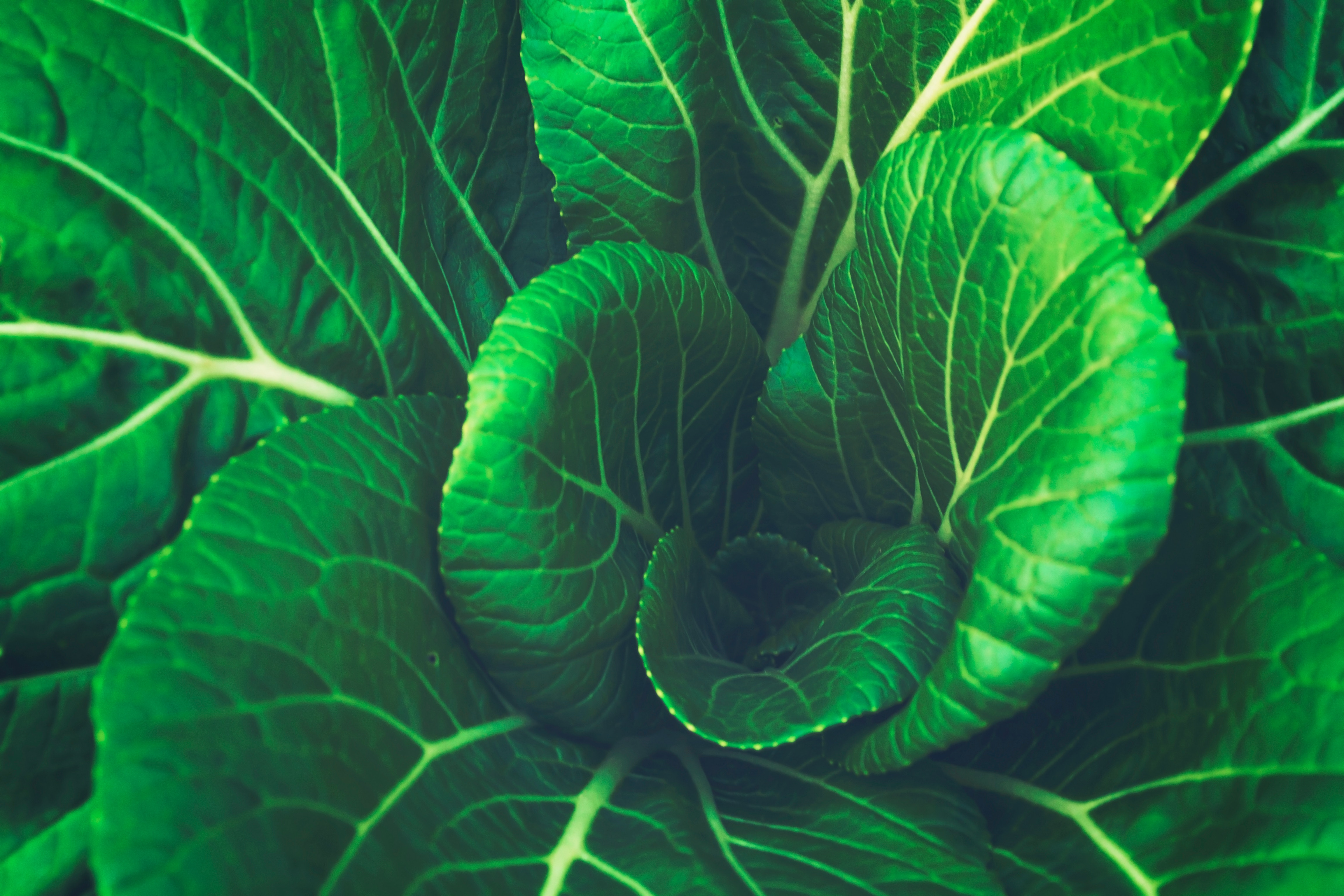
There are two kinds of fiber. Soluble (e.g. pectins, inulin), and insoluble (cellulose). You need both. When you have both, 6 good things happen:
- The insoluble fiber forms a latticework in the duodenum, and the soluble fiber plugs the holes in the latticework to create an impenetrable secondary barrier. This limits simple carbohydrate absorption in the duodenum, thus preventing the liver from receiving all that carbohydrate at once, tamping out the tsunami of carbohydrate.
- This also reduces the glycemic excursion in the blood, so that the insulin response will be attenuated.
- If the carbohydrate isn’t absorbed in the duodenum, it goes to the jejunum, where the microbiome is, promoting microbial diversity and gut health.
- Grains are covered in insoluble fiber (the husk). If you consume them whole and non-pulverized, the enzymes in the intestine have to strip that covering off before the starch is released. That takes a lot of time, and so it happens later in the intestine, so the the bacteria can get to it.
- The soluble fiber can be fermented by intestinal bacteria to make short chain fatty acids, which also suppress insulin release and improve gut health.
- The insoluble fiber acts like little “scrubbies” on the inside of your colon to remove old and damaged cells, thus reducing risk for colon cancer.
- The best fiber is where there is both soluble and insoluble. That’s everything that comes out of the ground — before it’s processed. As soon as it’s processed, it loses many of these six properties.
Photo credit: Fancycrave, Unsplash


